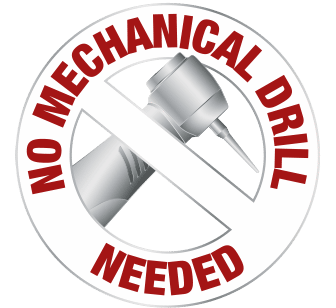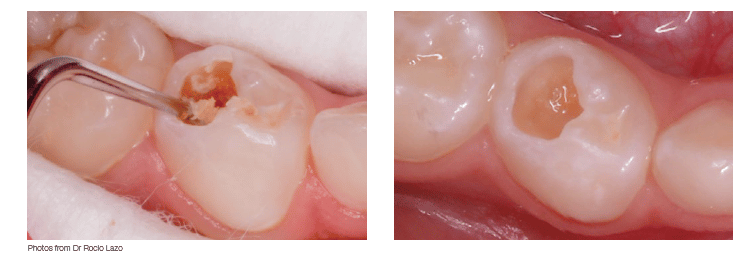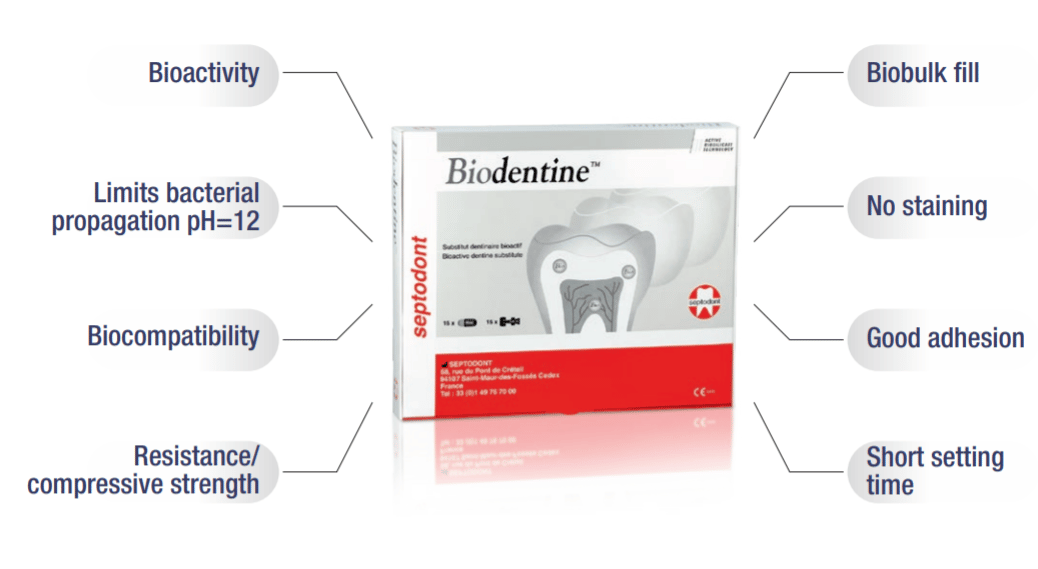Atraumatic Restorative Treatment (ART)
Minimizing droplet & aerosol generation with ART technique and Biodentine™
Atraumatic Restorative Treatment (ART)
Minimizing droplet & aerosol generation with ART technique and Biodentine™
Atraumatic Restorative Treatment (ART)
Minimizing droplet & aerosol generation with ART technique and Biodentine™
To protect the health of dental practitioners around the globe, some procedures such as the Atraumatic Restorative Treatment can be preferred in order to avoid the spread of virus particles (aerosol generation).
Atraumatic Restorative Treatment (ART) is based on the minimal intervention dentistry approach that provides several benefits:
✓ Avoid aerosol generation
✓ Save the tooth
✓ Reduce the chance of odontogenic infection
✓ Manage pain
WHAT IS ART PROCEDURE?
Remove dental caries using only hand instruments


Restore the cavity with a filling material

Save the tooth rather than extracting it (Minimally invasive therapy)
Maintain the vitality of the pulp, as supported by the European Society of Endodontology (ESE)

WHY CHOOSE BIODENTINE™ WITH ART PROCEDURE?

Biodentine™ can be placed from the pulp to the top of the cavity (bio bulk fill).
For ART procedure, it is recommended to place the final enamel restoration in the same session.
|
83,3%* positive success rate |



